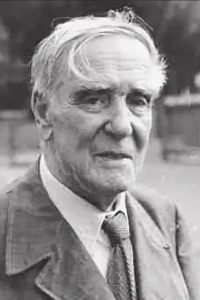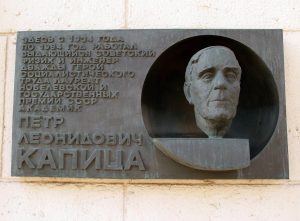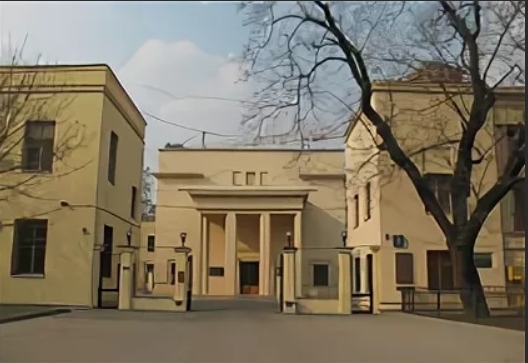Pyotr Leonidovich
Kapitsa
1894-1984

Pyotr Leonidovich Kapitsa was a Russian physicist, one of the founders of low temperature physics and physics of strong magnetic fields, the Academician of the USSR Academy of Sciences (1939), twice Hero of Socialist Labor. In 1912 he entered St. Petersburg Polytechnic Institute, but in 1914, with the outbreak of the First World War, he became a soldier. After demobilization he returned to the institute and worked in the laboratory of A. F. Ioffe. The first scientific work (devoted to the production of fine quartz threads) was published in 1916 in the Journal of the Russian Physical-Chemical Society. After graduating from the Institute Kapitsa became a teacher at the Faculty of Physics and Mechanics, then an employee of Physical Institute established in Petrograd, which was headed by Ioffe. In 1921 Kapitsa was sent to England where he worked at the Cavendish Laboratory of the University of Cambridge led by Ernest Rutherford. The Russian physicist quickly made a brilliant career: he became the director of the Monda Laboratory at the Royal Scientific Society. His works of the 20s of the XX century are devoted to nuclear physics, physics and technology of super-strong magnetic fields, physics and technology of low temperatures, high-power electronics, physics of high-temperature plasma. In 1934 Kapitsa returned to Russia. He founded the Institute of Physical Problems of the USSR Academy of Sciences in Moscow, the post of director of which he took in 1935. Kapitsa became a professor at Moscow State University (1936-1947) at the same time. Pyotr Leonidovich Kapitsa was elected the Academician of the USSR Academy of Sciences in 1939; he was a member of the Presidium of the USSR Academy of Sciences since 1957. Along with the organization of the scientific process, Kapitsa was constantly engaged in research work. He proposed a method for determining the magnetic moment of an atom together with N. N. Semenov. Kapitsa was the first in the history of science to place a Wilson camera in a strong magnetic field and observe the curvature of the trajectory of alpha particles. He established the law of linear increase of the electrical resistance of a number of metals depending on the magnetic field strength (Kapitsa’s law). He created new methods for liquefying hydrogen and helium; developed a method for liquefying air using a turbo expander. Kapitsa developed a general theory of magnetron—type electronic devices, received continuous generators – planotron and nigotron. In 1959, he experimentally discovered the formation of high-temperature plasma in a high-frequency discharge, and proposed a scheme for a thermonuclear reactor. In 1978 he was awarded the Nobel Prize in Physics.
Address: Moscow, Kosygina str., 2, p. 1

